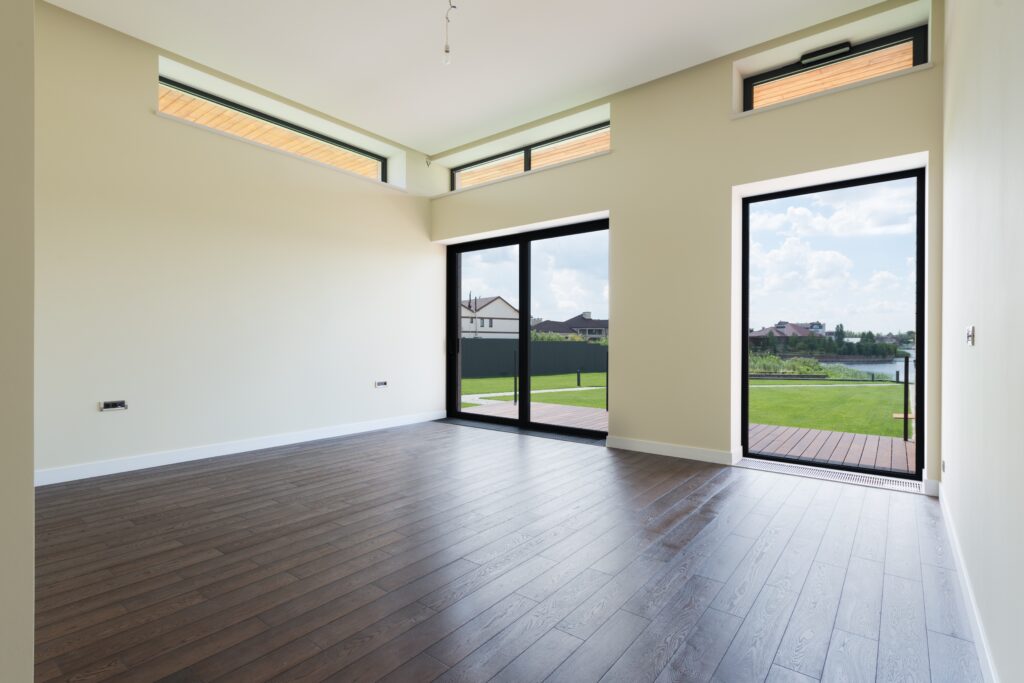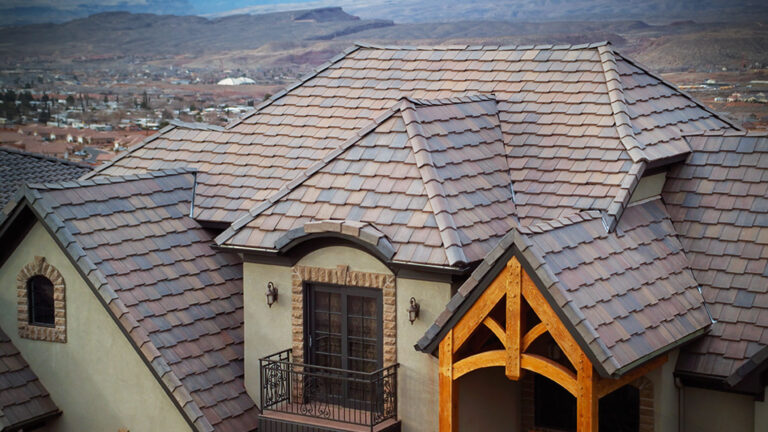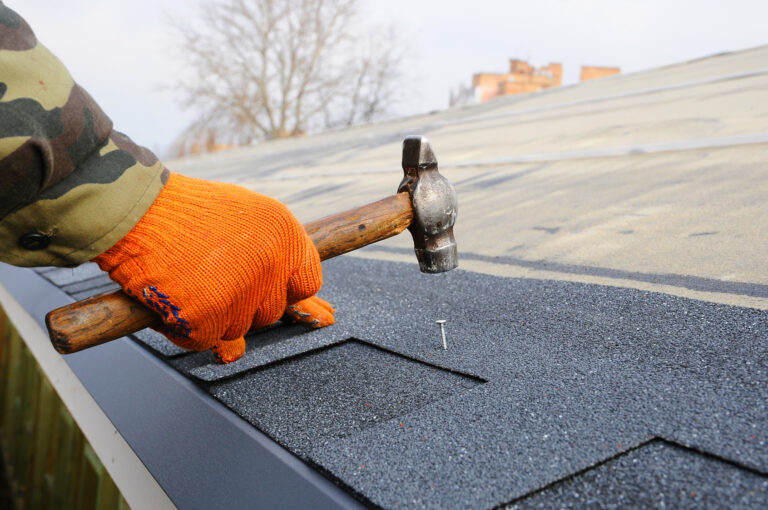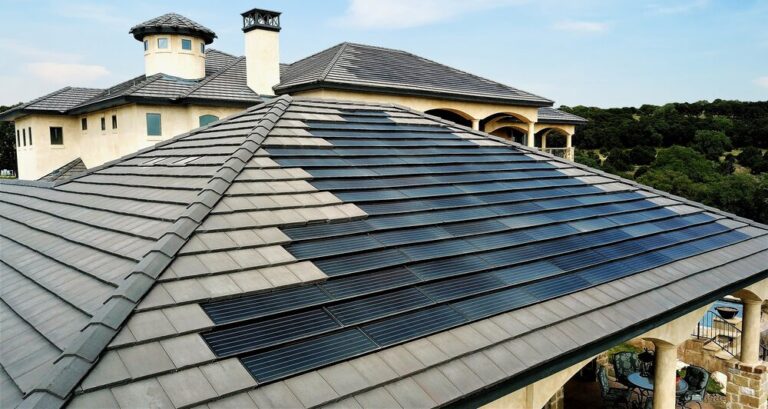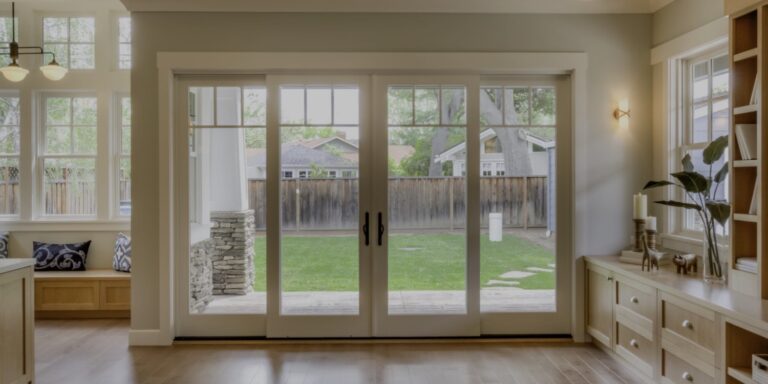Step-by-Step Guide to DIY Window Renovation
Are your windows looking a bit tired and in need of a refresh? Maybe they’re letting in drafts or just not functioning as they should. Window renovation can make a huge difference in your home’s appearance and energy efficiency. And guess what? You can do it yourself! This guide will walk you through everything you need to know about DIY window renovation.
Assessing Your Windows
Identifying Window Types
Before you dive into renovating, it’s crucial to know what kind of windows you’re dealing with. Are they double-hung, casement, sliding, or something else? Different window types have different installation and removal processes, so get familiar with what you have.
Checking for Damage and Wear
Next, take a close look at your windows. Are there any visible cracks, warping, or other signs of damage? Check the seals and frames as well. This will help you determine the extent of the renovation needed and whether you can salvage any parts of the existing window.
Planning Your Renovation
Setting a Budget
Renovating windows can be costly, but doing it yourself can save a significant amount of money. Set a realistic budget that includes all materials, tools, and any additional help you might need.
Gathering Necessary Tools and Materials
Make a list of everything you’ll need: new windows, insulation, sealant, paint, tools for removal and installation, safety gear, and so on. Having everything ready before you start will save you time and hassle.
Removing Old Windows
Safety Precautions
Safety first! Wear gloves, safety glasses, and a dust mask to protect yourself from glass shards and dust. Make sure you have a sturdy ladder if you’re working on upper floors.
Step-by-Step Removal Process
- Remove the Window Stops: These are the pieces holding the window in place. Use a pry bar or screwdriver to gently remove them.
- Take Out the Sash: For double-hung windows, tilt the sash and lift it out. For other types, follow the specific removal instructions.
- Remove the Frame: Cut any nails or screws holding the frame, then carefully pry it out.
Preparing the Window Frame
Cleaning and Inspecting the Frame
With the old window out, clean the frame thoroughly. Remove any debris, old sealant, and nails. Inspect the frame for rot or damage and repair it as necessary.
Repairing Any Damage
Fill any gaps or holes with wood filler and sand it smooth. If there’s extensive damage, you might need to replace parts of the frame or reinforce it.
Selecting New Windows
Energy-Efficient Options
Energy-efficient windows can save you a lot on heating and cooling costs. Look for double or triple-glazed windows with a low U-factor.
Choosing the Right Style
Pick windows that match your home’s aesthetic. Consider factors like the amount of light you want, ventilation, and ease of cleaning.
Measuring for New Windows
Accurate Measurement Techniques
Measure the width and height of the window opening at three points: top, middle, and bottom. Use the smallest measurement to ensure the new window will fit.
Common Measurement Mistakes
Avoid measuring from the outside of the trim or casing. Always measure from the inside edge of the frame to ensure accuracy.
Installing New Windows
Placement and Securing
Place the new window into the opening, ensuring it’s level and plumb. Secure it with screws or nails as per the manufacturer’s instructions.
Sealing and Insulating
Apply sealant around the edges to prevent drafts and water infiltration. Use insulation foam to fill any gaps between the window and the frame.
Finishing Touches
Painting or Staining the Frame
Once the window is in place, you can paint or stain the frame to match your decor. This not only looks great but also protects the wood.
Adding Trim and Other Details
Install any trim or molding around the window to give it a finished look. This is also a good time to check for any gaps and fill them with caulk.
Maintenance Tips
Regular Cleaning
Keep your windows clean to maintain their appearance and functionality. Use a mild detergent and water, and avoid abrasive cleaners that can scratch the glass.
Identifying Future Issues Early
Regularly inspect your windows for signs of wear or damage. Early detection can prevent costly repairs down the line.
Energy Efficiency Tips
Insulation Techniques
Enhance your windows’ energy efficiency by using insulated curtains or shades. Weatherstripping can also help seal any small gaps.
Choosing Energy-Star Rated Windows
When selecting new windows, look for the Energy Star label. These windows meet strict energy efficiency guidelines set by the U.S. Environmental Protection Agency.
Troubleshooting Common Issues
Fixing Drafts
If you notice drafts, check the seals around your window. Adding or replacing weatherstripping can often solve the problem.
Addressing Moisture Problems
Condensation between panes can indicate a broken seal. If this happens, you might need to replace the glass or the entire window unit.
Cost-Saving Tips
DIY vs. Professional Help
While DIY can save money, know your limits. For complex installations or if you’re unsure, it might be worth hiring a professional.
Finding Affordable Materials
Look for sales, discounts, and second-hand materials to cut costs. Sometimes, local hardware stores have leftover stock at reduced prices.
Safety Considerations
Handling Glass Safely
Always handle glass with care. Use suction cups for large panes and always wear safety gloves.
Using Tools Properly
Familiarize yourself with the tools you’ll be using. Improper use can lead to accidents and injuries.
Conclusion
Renovating your windows can be a rewarding DIY project that boosts your home’s value and energy efficiency. With careful planning and the right tools, you can achieve professional results without breaking the bank. So, roll up your sleeves and get started on giving your windows a fresh, new look!
FAQs
How Long Does a DIY Window Renovation Take?
The time required varies depending on the number of windows and your skill level. On average, it can take a weekend to replace one or two windows.
What Are the Best Materials for Window Frames?
Vinyl, wood, aluminum, and fiberglass are popular choices. Each has its pros and cons regarding durability, maintenance, and energy efficiency.
Can I Recycle My Old Windows?
Yes, many parts of old windows can be recycled. Check with local recycling programs for specific guidelines.
How Do I Know If I Need New Windows?
If your windows are drafty, difficult to open, or have condensation between the panes, it might be time for a replacement.
Are There Any Grants or Incentives for Window Renovation?
Many local and federal programs offer incentives for energy-efficient home improvements. Check with your local government for available options.
